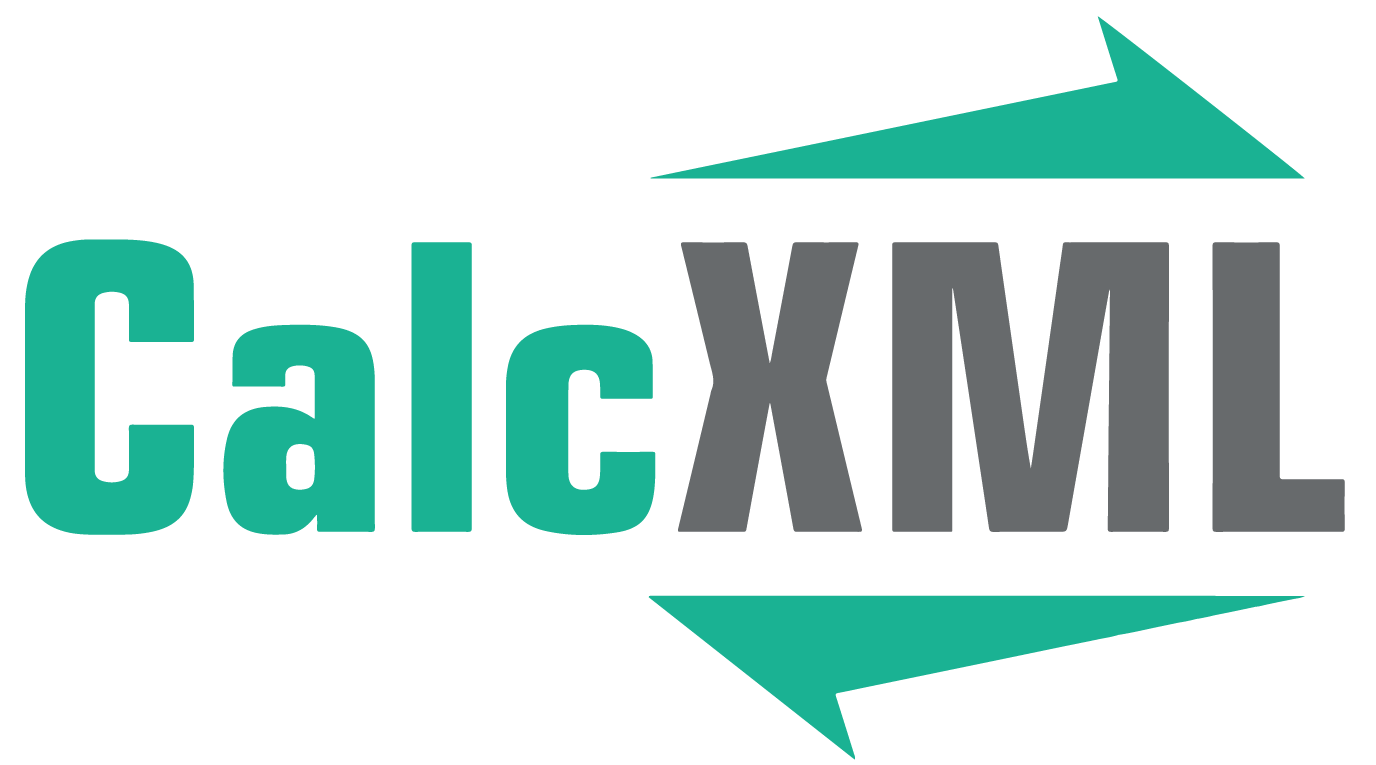Calculadora de ahorros para la universidad
¿Cuánto debería estar ahorrando para la universidad?
With college costs steadily increasing each year, it is important to start saving early. Interest working for you now in a regular savings program may be much better than having interest work against you in the future in the form of education loans. Use la calculadora para ahorros para la universidad y sepa cuánto debería ahorrar de manera regular.
Definitions
- Inflación anual de costos universitariosThe average annual increase in tuition, fees, books and room and board costs. Historically, this number has run as much as twice the rate of annual inflation.
- Monto ahorrado hasta el momentoThe total amount you have set aside for college education needs.
- NombreThe name of the person that will be attending college.
- Edad actualThe age of the student at the end of the current year.
- Edad de inicio de la universidadThe age you/your student will start attending college.
- Años de asistenciaThe number of years you/your student will attend college.
- Annual CostThe total annual cost of college in today's dollars. Be sure to include tuition, books, fees and room and board.
- Rendimiento antes de impuestosThis is the annual compounded rate of return before taxes that you expect from your college investment accounts. Depending upon your saving accounts choices and your risk propensity, this can range significantly.
- Nivel tributario marginalThis is the tax rate that your college savings accounts will be subject to. If you are investing in a tax-deferred account such as a 529 plan you may want to enter 0% here.
- Incrementos anualesWhen we recommend an annual savings amount that you will need to meet your college goals, this can be a level (0%) or increasing amount. Enter the annual increase that you would like the system to recommend. For example if your salary is increasing at 3% each year and you save the same percentage of your salary each year then you would enter 3% here.
Esta información puede ayudarle a analizar sus necesidades financieras. Se basa en información y suposiciones suministradas por usted con relación a sus metas, expectativas y situación financiera. Los cálculos no infieren que la compañía sume cualquier obligación fiduciaria Los cálculos suministrados no deberían considerarse asesoría financiera, legal o tributaria. Además, no debería basarse en dicha información como única fuente de información. La información es suministrada de fuentes que consideramos confiables pero no podemos garantizar su precisión. Las ilustraciones hipotéticas pueden suministrar información de desempeño histórico y actual. El desempeño pasado no garantiza ni indica resultados futuros.






